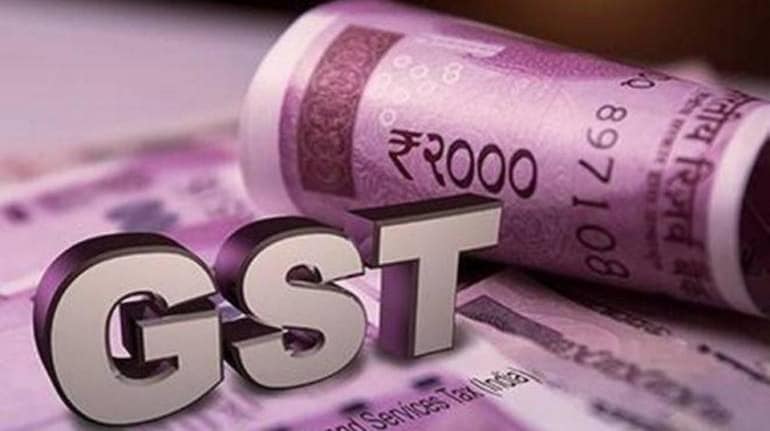



How do you spot the onset of an economic recovery without poring through reams of numbers that official statisticians put out? The immediate signals are mostly visible in the nearest mall, cars on roads, neighbourhood mom-and-pop shops, restaurants, weekly haats, office complexes, and, of course, sales of intermediates such as cement and steel.
How can you infer that people are buying more goods without measuring footfalls at shops and restaurants? One way of doing that is to track taxes that consumers pay while buying goods and using services.
Goods and Services tax (GST) collections that are released monthly allow us to do that. Latest data shows that GST collections touched a record high of Rs 1.15 lakh crore in December, the highest ever since the new tax system kicked-in from July 1, 2017, in a grand midnight event in Parliament. The previous highest was in April 2019 when GST collections stood at Rs 1,13,865 crore.
GST collections topped Rs 1 lakh crore for the third consecutive month in December, which may be a signal of a sustained recovery in the broader economy, aided by greater household spending and brisker business activity.
In many ways, September could well be the point of inflection in India’s consumption spending trends after being snowed under the COVID-19 pandemic-induced lockdowns and restrictions that severely dented consumer demand on everything but the most essential goods and services.
GST revenue grew 4 per cent in September to Rs 95,480 crore that month compared to a year ago. This was followed by a 10 per cent year-on-year vault in GST collections in October to 1,05,155 crore, attributable mainly due pent up household spending during the festival season.
The momentum carried through in November, clocking GST collections of Rs 1,04,963 crore, a growth of 1.4 per cent. One would have ideally expected the revenues to taper off a bit during December with no major festival spending, but the collections data have surprised significantly on the positive side, triggering hopes that the economy may have finally left the worst behind.
GST, by definition, is a destination-based tax, implying the tax is collected at the point of sale. GST collections, therefore, are a good enough proxy to gauge how fast goods are disappearing from shop shelves. Higher GST collections, other things remaining same, would imply that indeed people are buying more than before.
A sector-wise disaggregated analyses of the GST collections during December may make for some interesting reading. How can GST collections clock a record growth when the economy could well be in a contraction mode and no major festival-induced buying comparable to Diwali or Dusshera taking place during the month?
There could be three possible explanations to this. One, despite the restrictions, many weddings took place in the first fortnight of December. While the Covid-19 protocols placed limits on people who could visit wedding ceremonies, households may have still splurged during marriages on items such as consumer durables, jewellery, and cars.
Two, people’s spending on holidays and vacations during the year-end could perhaps have pushed up GST collections from the hospitality industry—a sector that continues to remain deeply buried under the pandemic’s impact.
Three, and most importantly, GST collections during December may have also benefitted from a backlog. Tax payments via Form DRC-03 while filing GST annual returns for 2018-19 and FY 2019-20 were due by December 31. This may have played a part in pushing up the collections to record levels.
GST collections in December are an extremely encouraging sign, although the trend will have to hold in January to definitively signal a sustained revival.
Discover the latest Business News, Sensex, and Nifty updates. Obtain Personal Finance insights, tax queries, and expert opinions on Moneycontrol or download the Moneycontrol App to stay updated!
Find the best of Al News in one place, specially curated for you every weekend.
Stay on top of the latest tech trends and biggest startup news.